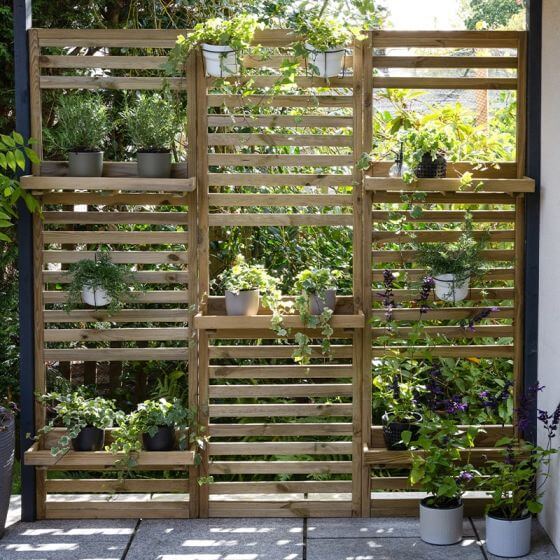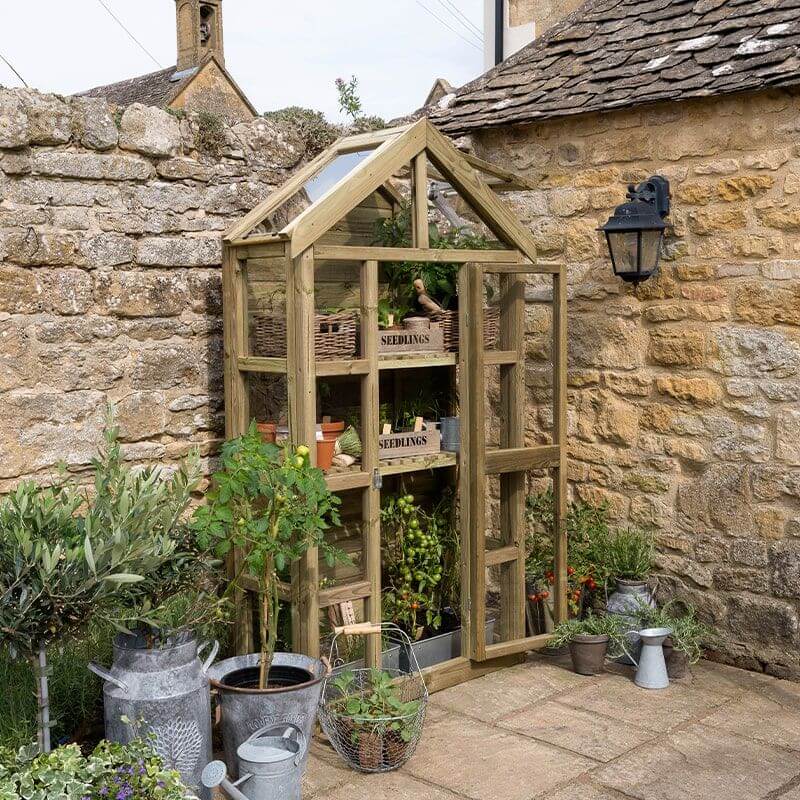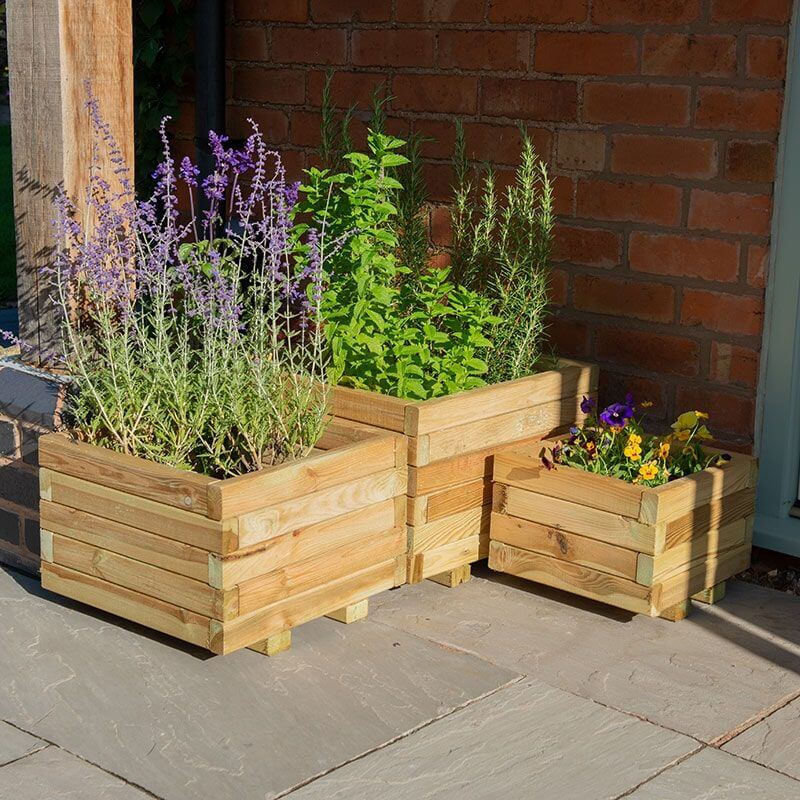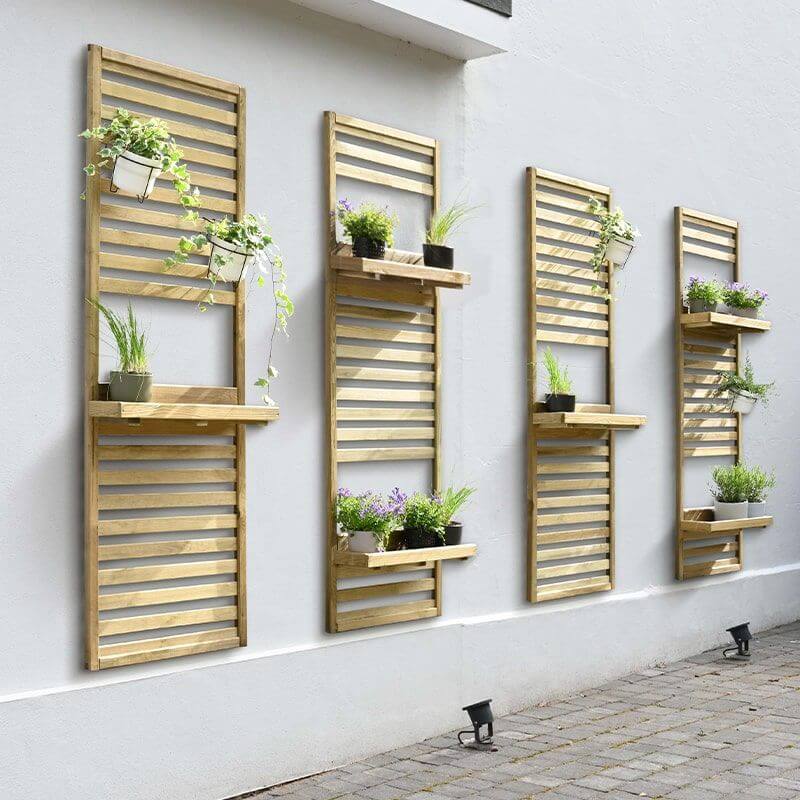
Have you ever considered urban gardening? Here we explore the fast-growing gardening technique, which is growing in popularity and is perfect for cultivating plants in busy city environments. Urban gardening utilises space wherever it is found including balconies, containers, rooftops, and window boxes.
Here we explore both vertical gardening and container gardening, which are both popular ways to save space and enjoy gardening in tight restricted gardens and flats and apartments, which have no gardens. We detail the benefits of each and move on to discuss garden buildings, which can also be allies in saving space. Read on as we explore the joys and possibilities of urban gardening.
What is urban gardening?
Also sometimes called urban agriculture or urban horticulture, this is simply the act and process of growing plants (flowers, fruit, herbs, vegetables, etc.) in an urban or city environment. This means making use of a multitude of different indoor gardening space opportunities including balconies, containers, raised beds, rooftops, and window boxes, etc.
Urban gardening often focuses on space saving, which is critical in city settings. Vertical gardening and hydroponics (soilless gardening) are more popular in cities for this reason.
Although not covered here, community gardening, guerrilla gardening (cultivation of abandoned or unused land with plants), and allotments are also successful examples of urban gardening.
Introducing vertical gardening
Where garden space is at a premium, often in smaller gardens, or houses without gardens and where ground space is limited, solutions are needed. This is where vertical gardening, a special type of urban gardening becomes especially valuable. Vertical gardening is simply an alternative method of gardening, which makes the most of space by growing upwards (or vertically).
Although most often used as a space saver, it is important to say that even larger gardens with plenty of space sometimes choose vertical gardening as a design feature. It adds a unique design theme and WOW factor in many larger gardens.
There are four main types of vertical gardens:
- Balcony suspended – these hang from a balcony railing and optimise limited space
- Freestanding – growing plants on a structure such as a planter, pole, or trellis. Popular examples of freestanding vertical gardens are living walls and tiered planters
- Rooftop - this is where plants are grown on the roof of a building
- Wall mounted – growing plants up or out of a wall (similarly fences could be used). Pocket planters are a popular add-on to walls and fences.
There are many benefits of vertical gardening, which include improved air quality, biodiversity, design options, ease of access, efficient water usage, low maintenance, noise buffering and reduction, and space optimisation. These are just a few of the benefits to expect when you practice vertical gardening.
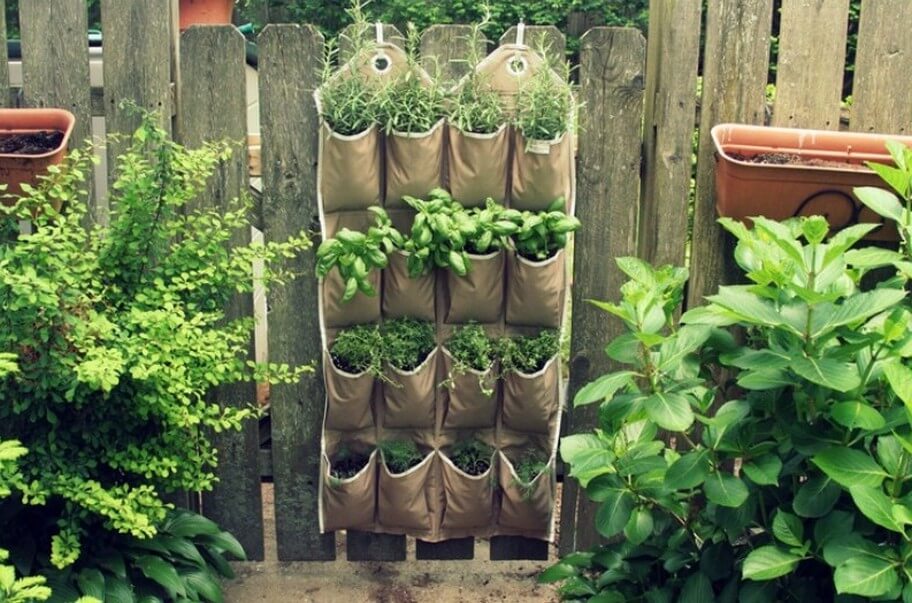

Maximising small spaces with garden buildings and structures
Maximise your available space with any of the following garden buildings and structures, which are ideal for making the most of limited outdoor areas.
- Arbours - being tall and relatively space-efficient, garden arbours can be used as a successful garden building to mimic vertical gardening. Check our range here
- Decking and patio - this can be a sound space-saving option for tight spaces and is ideal for outdoor seating and entertainment
- Garden sheds - designed for storage, you can optimally declutter your small space with garden sheds. We have a range of small sheds, ranging from 3'x3' up to 8'x6' in size. By choosing a shed perfectly tailored to your space it is possible to maximise your small space
- Greenhouses - these can be perfect for gardening in small spaces. They also protect plants from the weather and enable all-year-round gardening. Our small greenhouses range from 4'x'2 up to 8'x6' in size
Container gardening
Container gardening involves growing plants in containers and pots rather than in the soil of a garden. Container gardening is ideal for urban locations where a traditional garden is not feasible. It is compact, portable, and flexible, so can be used wherever you want to set up your garden (including balconies, patios and on rooftops, etc.,)
Benefits of container gardening include absolute control of soil used, design varieties, ease of access, ease of maintenance, an extension of seasons, portability, space efficiency, water management, and (relatively) weed-free gardening.
Eight essential tips for gardening with containers
Listed below are eight tips, which we think are ideal to practice with container gardening.
Container choice
Here are seven tips for selecting a perfect container:
- Budget - identify your budget and buy the best container you can within that budget!
- Choose drainage holes – these are essential for drainage and prevention of waterlogging, which helps to prevent root rot
- Decor - look for a container that matches your preferred decor requirements
- Durability - look for hard-wearing containers. Examples include ceramic, concrete, fibreglass, metal, plastic, stone, terracotta, wooden (provided pressure treated)
- Portability - if portability is important you will need to calculate the weight. Larger containers may be less portable and might require 2-3 people to safely move them
- Size - try to identify the best size for you. This will be based on available space, but also the optimum space for your plants to grow, including adequate space for root growth
- Weather and UV resistant - The durability mentioned above should deliver weatherproofing. Also, check for containers that are UV-resistant as this helps to prevent fading
Fertilising
As with any gardening, plants in containers benefit from regular fertilising. As always, avoid over-fertilising (less is sometimes more!) as it can harm plants. We recommend always watering before and after fertilising to prevent issues such as root burn.
Pest and disease management
Inspect containers regularly to keep them pest and disease-free. Both organic and chemical pesticides can be used in containers.
Pruning and maintenance
As with regular gardening, some maintenance is required (albeit at a reduced level). We advise the regular removal of dead or yellowing leaves. This encourages new plant growth and helps to maintain a tidy container appearance.
Seasonal changes
containers offer some flexibility for seasonal change and all-year-round gardening. There is an opportunity to swap out containers seasonally to keep your garden looking vibrant and fresh.
Soil choice
As you are not using garden soil you have a choice of what to use. We suggest a high-quality potting compost, which provides improved drainage and aeration. Research, which soil you choose to mirror the plants you are planting, as there are special mixes for cacti/succulents, flowers, vegetables, etc.
Sunlight
The location of containers can be important for sunlight. Try to place a container according to the type of plants you are choosing. Some will need more sunlight than others:
- Shade-loving plants – plants including begonias, coleus, ferns, hostas, impatiens
- Sun-loving plants – plants like geraniums, lantana, petunias, marigolds, and zinnias
Watering
Plants in containers will need a different watering plan to those in soil, particularly if they are housed indoors or under cover. Check moisture levels regularly and water when required. As we said above, ensure you buy a container with drainage holes included.
Final thoughts and recap
We hope you have enjoyed this article, which demonstrates that urban gardening is a perfect space saver for city environments and utilising spaces such as balconies and rooftops. Vertical gardening is a subset of urban gardening and is perfect for growing plants upwards and saving space. We identified four main types of vertical gardens, which included balcony suspended, freestanding, rooftop, and wall mounted. Each of these caters to different requirements and varying circumstances.
Choose vertical gardening for numerous benefits, which include improvements to air quality, efficient water usage, and space optimisation to name but a few! We suggested some garden buildings and structures to maximise small spaces in gardens, which were arbours, decking, garden sheds, and greenhouses.
Container gardening is a compact, portable, and flexible gardening method, which is ideal for urban locations. We provided eight essential container gardening tips, which cover container choice, fertilising, pest management, pruning, seasonal changes, soil selection, sunlight, and watering.
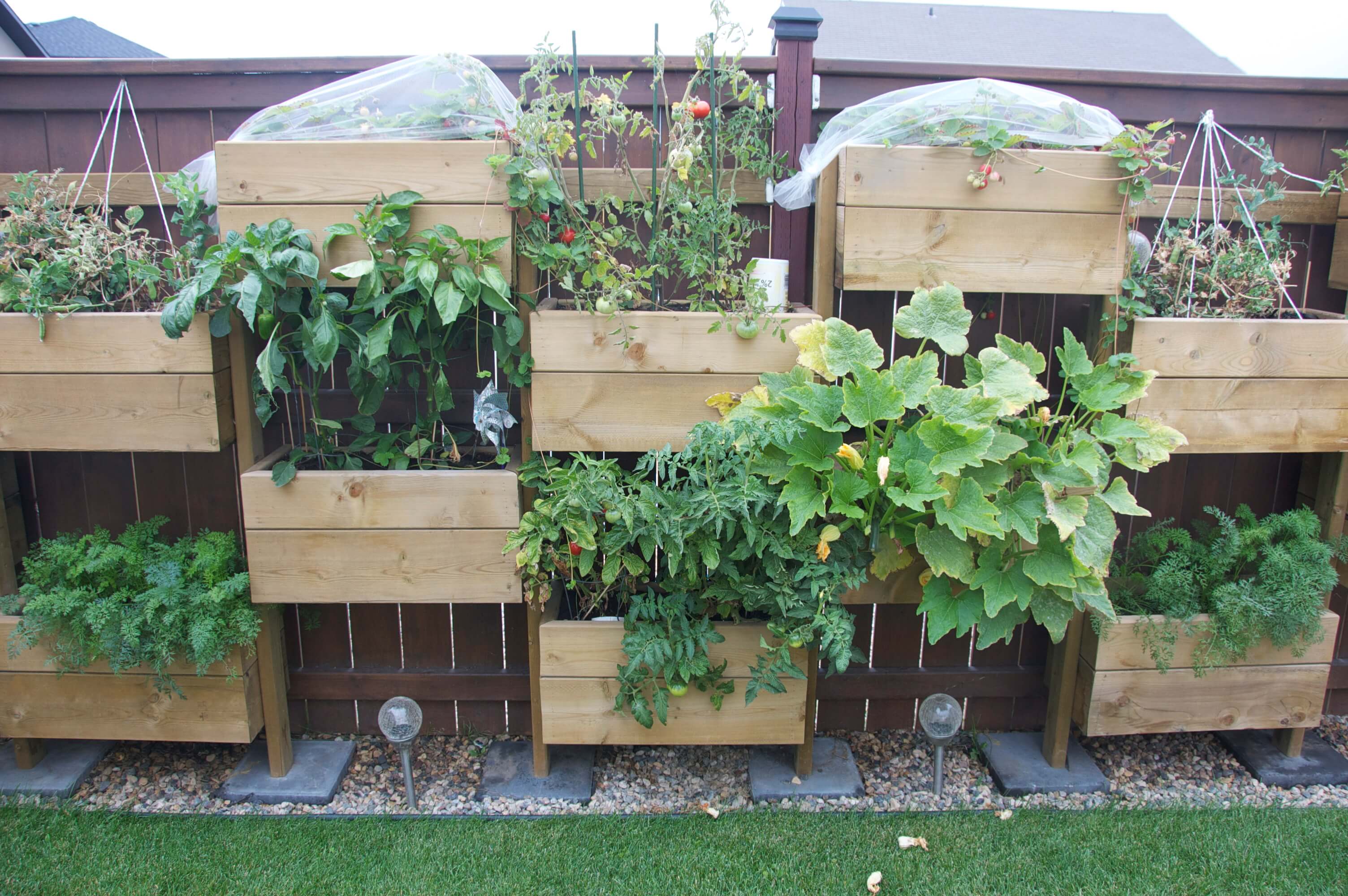

Contacting Buy Sheds Direct
For further information about urban gardening and how to successfully implement a vertical gardening strategy why not contact us here at Buy Sheds Direct? If you browse our website, you will find a range of products perfect for container gardening, these are primarily within our garden storage section.
For additional support and advice, our contact details are:
- Phone - 0333 003 0514
- E-mails - Complete the contact page form here
- Text chat - Use the live chat app

